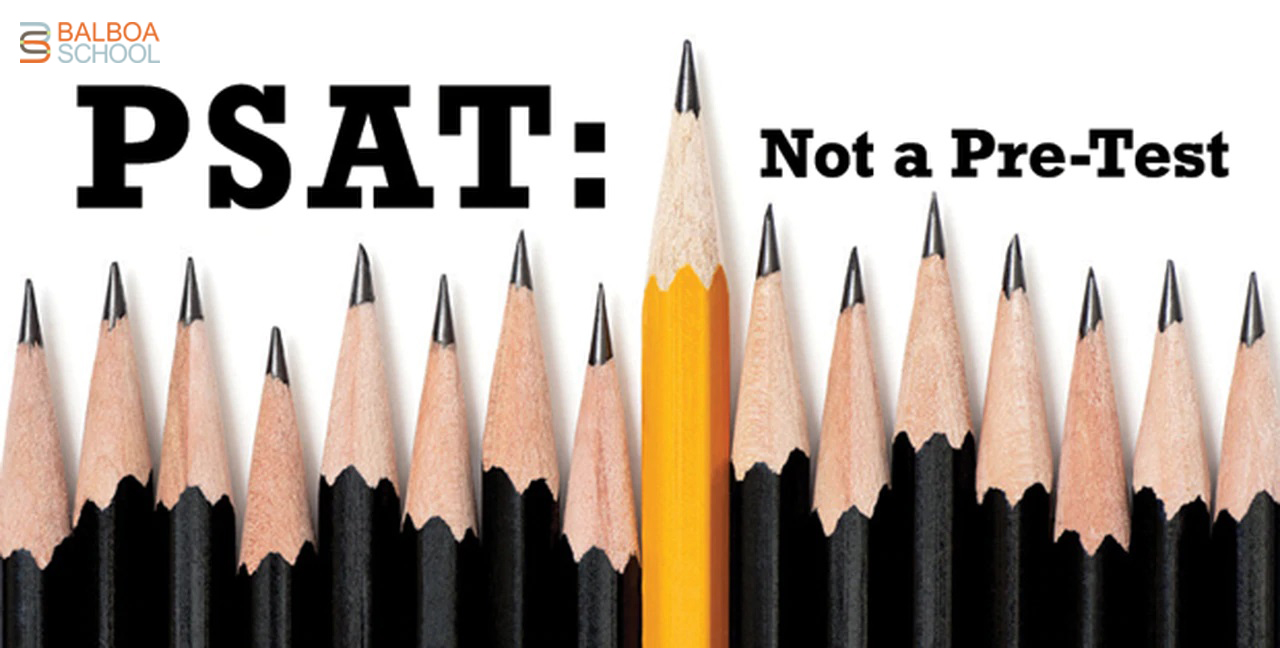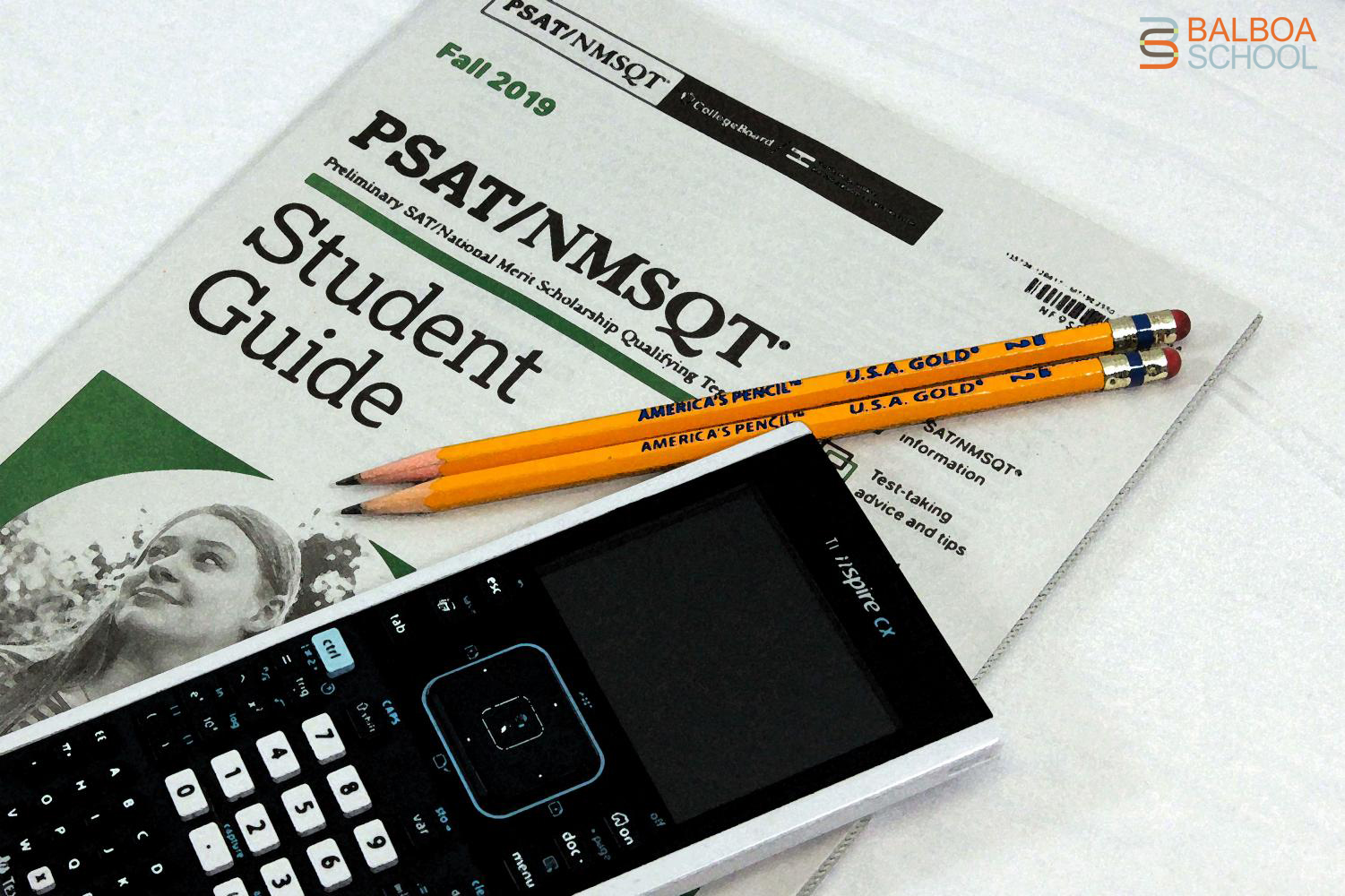The PSAT, jointly organized by the College Board and the National Merit Scholarship Corporation, is an important stepping stone to the SAT. The SAT and its SAT Subject Tests are a set of tools designed to assess the college readiness of American and international students and students interested in studying in the United States. The higher the test score (up to 2400 points), the more opportunities to study at top universities with valuable scholarships. Taking the PSAT exam will help you test your Reading - Comprehension, Math, problem solving and Writing skills. The results of the PSAT test will help students know the skills they need to supplement to prepare well for the SAT, help orientate to choose the right school and career, and be provided with information about universities. Normally, students in grades 10 and 11 will take the PSAT, but students in grade 9 can also take the test
Understanding your PSAT test results can help you prepare for the SAT.
The important points or points to pay attention to in the ACT and SAT have been discussed a lot. What may be less obvious to you, but equally important is how to understand your PSAT score report.
The PSAT (Preliminary Scholastic Aptitude Test), held annually in October, is a great opportunity for students to prepare for the SAT and meet the merit-based scholarship requirements.
To get the most out of your PSAT experience, know these three things about PSAT score reporting:
·Know when you can get your score report?
·How to use feedback from question levels effectively?
·What is the difference between PSAT and SAT score reports?

Know when you can get your points
After completing the test you will probably receive your score about seven to eight weeks after taking the test. The exact date that the score becomes available varies from state to state.
This semester, students from several southern states and various states in New England will receive their scores by December 9. Students living on the West Coast and Midwest, as well as those in Alaska and Hawaii, will receive their scores on December 10 Students in the remaining states will receive their scores on December 11.
You can access your scores online if you have a College Board account. You can also visit the College Board's website for a state-by-state breakdown of score release dates.
The exact date students will receive their 2020 PSAT scores is unknown, but is likely to be sometime in early to mid-December.

How to use feedback from question levels effectively
The PSAT score report will contain the total score, section scores, percentages, and question-level responses. Percentages help you gauge where you stand against all other students who took the test. Your total and partial scores allow you to gauge your overall weaknesses, as well as how close you are to your target score.
Feedback on questions provides a more detailed view of your test results. In this section of the score report, you can compare your answer with the correct answer and see how difficult each question is. Skip questions and easy incorrect questions are also marked for reference.
If you find that you mostly lose marks on difficult questions, you should spend extra time practicing the most potentially difficult questions on the SAT to get a good boost on these types of questions.
If you lose points for easy questions and skip a significant number of questions or run out of time before the end of the test. You should practice this type of question with high frequency to increase your confidence level and start working with a stopwatch to improve your time management skills.
You should plan specific tests, such as exclusions and passage scans.
What is the difference between PSAT and SAT scores?
PSAT and SAT score reports are more similar than different. Both contain the student's total score, section score, and percentage.
The PSAT is basically a shortened version of the SAT. For example, certain sections of the PSAT contain fewer questions than the same sections of the SAT, and the PSAT lacks the optional essay section of the SAT.
For these reasons, the PSAT is calculated on a slightly smaller scale: from 320 to 1520 compared to the 400 to 1600 range on the SAT. Despite this difference, your PSAT score is designed to be a reliable indicator for you to take the real SAT.
The PSAT/NMSQT version of the PSAT is the version that determines which students may be eligible for a National Scholarship.
Knowing what you've done on the PSAT can help you prepare better for the SAT.
Parents who have questions related to the Vietnamese-American Dual Diploma Program can directly contact the official fanpage: Vietnamese American Dual Diploma Program.













.png)




